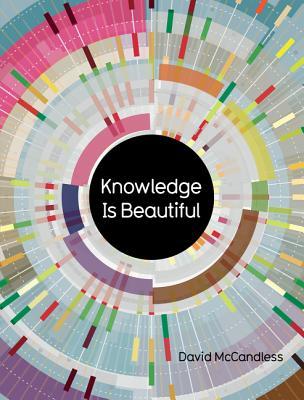What do you think?
Rate this book


256 pages, ebook
First published November 6, 2012
* common "mythconceptions" and falsehoods
* popular dog breeds (including overlooked and overrated types)
* the most ethical companies (Starbucks & Whole Foods scored well)
* geniuses and how progressive or oppressive their views were (The author has a good sense of humor, and my favorite example of this was a description of Francis Galton: "British polymath. Pioneer of eugenics & all-round prick.")
*the average peak age of genius for men and women in different careers
*an estimate of the number of intelligent civilizations in our galaxy (Holy shit, there are potentially 6.9 trillion communicating civilizations in our universe)
*a chart of the different kinds of power in use around the world (the United States is arguably a kleptocracy, which is "corrupt rule by thieves for personal power and wealth")
*the most common cliches used by journalists
*a word cloud of the best relationship advice
*the nonfiction books everyone should read (In Cold Blood ranked highly)